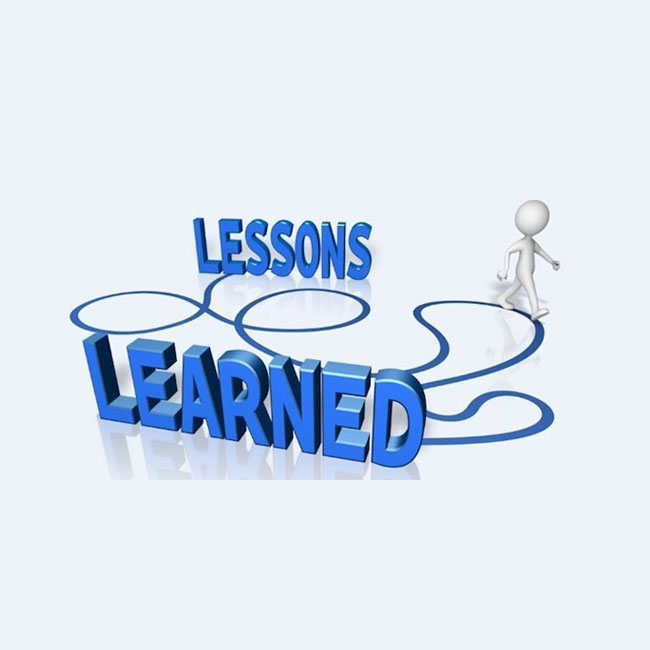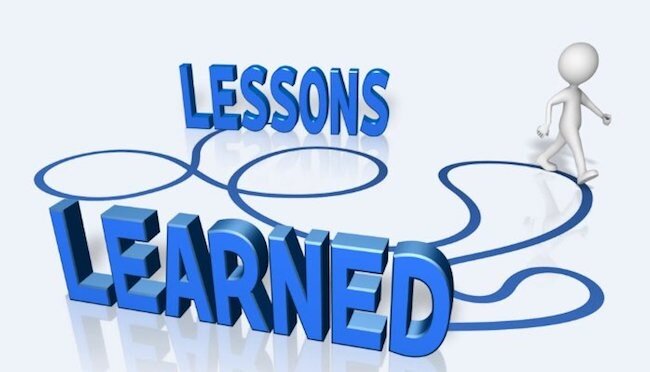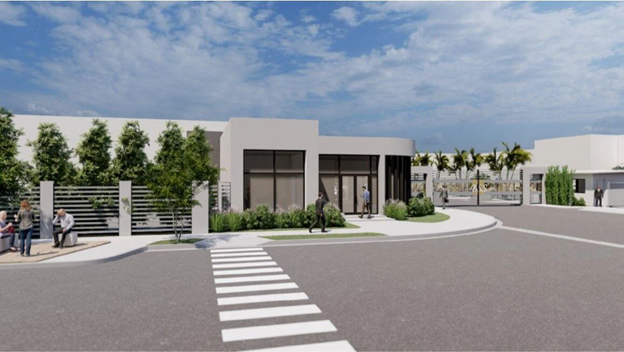
Clinical Lessons Learn – Biosimilar Programs
In biosimilar product development, strategic planning at the outset is critical in order to adequately manage planned resources and ensure timely entry of biosimilar products in the markets of interest. Majority of the regulatory agencies around the world are moving towards robust product development requirements similar to the ones required in the US and EU. Stepwise product development is highly encouraged and it is always a good idea to seek scientific advice on the planned clinical development plan from the regulators. In this article, we plan to highlight some clinical and regulatory missteps.
Connect with us #BiosimilarExperts #Biosciencescorp #Qbdbiosciences

Power of Strong Analytical Package
The clinical programs and level of effort is framed by the extent of the similarity assessment. The level of structural, functional, binding and biological similarity will decide the basis for the clinical and regulatory strategy. We have discussed in our earlier post the value of a good analytical similarity package. The following is the linchpin that will determine the length of biosimilar program.
Understanding of Regulatory Expectations
Before initiating similarity assessment for product development, it is very important for an organization to understand the regulatory requirements of countries/regions of interest for commercialization as they can vary to a certain extent per country/region. For example, certain countries and regions do require that the reference product for biosimilarity exercises must be sourced for their respective country/region. Others require that the clinical studies must include subjects/patients from their county. It is best to start with the full picture as to what are the ultimate commercial goals of the organization and then develop a streamlined regulatory strategy to meet those goals. Often, we see that companies have a very narrow focus, such as local country only and at a later date they realize that they want to take their product to highly regulated markets or emerging markets. Upon thorough gap analysis, it is realized that much of the CMC and clinical work will need to be repeated.
When biosimilars first came on the horizon, the guidance from pioneer regulators such as the EMA and FDA were very prescriptive. We have observed over the last decade that the approach now is more flexible as the focus is on case by case basis with much more latitude for nonclinical and clinical development when analytical similarity is spot on.
Why Use Step-Wise Approach?
Step wise approach for the development of biosimilars is highly recommended by all regulatory authorities. It behooves organizations interested in developing biosimilars to put their major focus on getting the analytical similarity as close to fingerprint type of analysis as possible. This approach will certainly help reduce the requirements for nonclinical and clinical studies. The underlying principle here is that further investigations with regards to nonclinical and clinical studies are only warranted if there are differences between the proposed biosimilar and reference product at the analytical similarity assessment step. All differences will need to be further investigated in a nonclinical study if a relevant animal model is available. EMA does not like to see nonclinical studies conducted in non-human primates (animal of choice for monoclonal antibody products) unless it is absolutely essential due to perhaps an unknown impurity in the proposed biosimilar. FDA may request a nonclinical study in a limited number of animals with limited assessments. PK/PD (if PD marker is available) clinical study is always required to ensure that the PK and PD profile of the proposed biosimilar and the reference product are within the prespecified equivalence margin. If a validated PD marker for efficacy is available then there is a chance that the applicant may not need to conduct a comparative efficacy study. Safety and immunogenicity data is always needed; however, this is where the applicant can provide scientific justifications as to why the data generated to date, along with data from scientific literature support the conclusion of product safety. If there is no PD marker then the regulators will expect to see a comparative efficacy, safety and immunogenicity study in a sensitive patient population.
If stepwise approach is not followed, and the proposed biosimilar product is optimized in parallel with conduct of clinical studies, there is a strong possibility that the applicant will end up having to repeat expensive clinical trials, once the manufacturing process is optimized, not to mention repeating the analytical similarity assessment between the reference product and the optimized proposed biosimilar product.
Multiple vs Single Country Approach
It has been noted that often companies in India, China, etc. first try to register the biosimilar product in their own country and then later try to figure a mechanism to leverage that data for western markets. In this scenario, companies purchase the reference from India or China (whatever the case may be) and perform all biosimilarity exercises against that reference product. Once the product is successfully register in their own country, then they focus on larger markets in the west.
This approach often leads to repetition of all of the biosimilarity exercises including analytical, nonclinical and expensive clinical trials because EMA and FDA require that the reference product must be sourced from their country or region, whereas India and China among other countries’ biosimilar guidelines do provide a wiggle room as to where the reference product can be sourced. A more comprehensive strategy at the outset can help an organization meet their short term and long-term goals more judiciously with improved timelines as much of the work would not need to be repeated. Even if the company is not planning to take their product to western countries, they can always consider making lucrative out licensing agreements, if they have a biosimilar product with a robust data.
What about Clinical Studies?
To date, certain amount of clinical data is required for biosimilar product development because of the immunogenicity concerns inherent to biologic products. Before embarking on expensive clinical trials, do go back and look at the overall commercialization strategy. Once decided, see if there is anyway that one efficacy, safety and immunogenicity study can be conducted to satisfy multiple countries. For example, for the US and EU, the regulators do allow the conduct of one statistically powered efficacy, safety/immunogenicity study against one reference product, if a scientific bridge can be built between the EU and US reference products (analytical, in vitro biological assays and PK/PD, if PD marker is available). This type of streamlined approach will shorten development timelines and overall costs for biosimilar product development.
Many regulators also allow the conduct of PK/PD (Phase I) and pivotal (Phase III) clinical studies to be conducted in a staggered parallel approach with the use of blinded interim safety data from the Phase I study. This approach has the benefit of shortened timelines for the biosimilar product development if everything works out, however, there is also a risk involved to the organization in the event that PK/PD equivalence is not demonstrated, as much money would be wasted on the expensive Phase III trial. Because there is so much already known about the reference product, if the applicant is able to demonstrate high degree of similarity analytically and in biological assays against the reference product, the chance of failure at the clinical study stage is much lower.
I like to thank Dr. Kamali Chance ( Kamali.chance@biosciencescorp.com) and Roshan Upadhyay (upadhyay.roshan@qbdbiosciences.com) for their contribution to this article
As always we welcome your input and comments. If you like to contact me directly please send me a link to Robert.Salcedo@biosciencescorp.com



